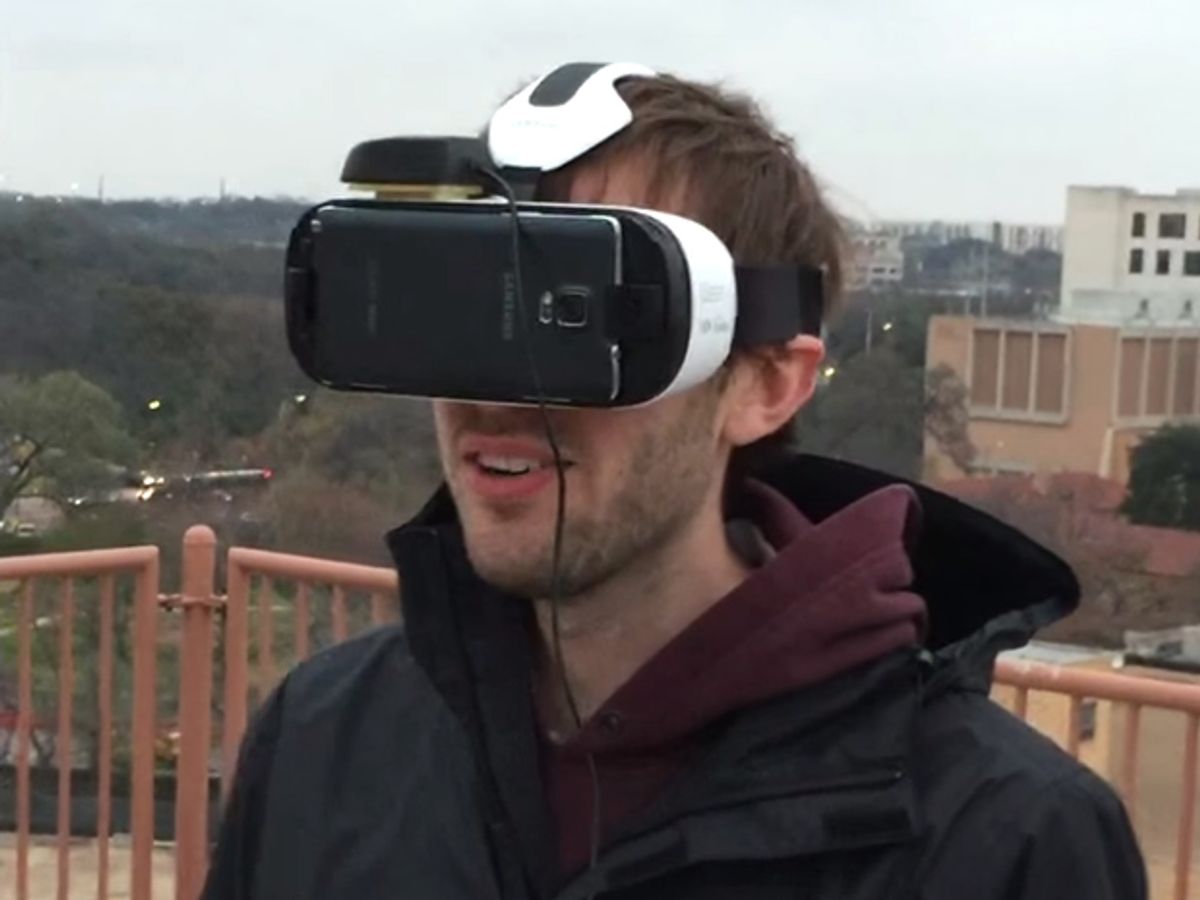The GPS navigation system in your mobile phone can get you to the airport or the closest coffee shop. But it can’t pinpoint your exact location on a city sidewalk; that location can be off by 10 meters.
Engineers at the University of Texas at Austin have now made a small, cheap GPS system for mobile devices that gives centimeter-precision positioning accuracy. Such centimeter precision could let drones deliver packages to your porch, autonomous vehicles navigate safely, and be used in precision farming. It could also allow for some neat virtual reality tricks and games if coupled with a smartphone camera, says Todd Humphreys, an aerospace engineering researcher at UT Austin. “People could have an engaging mind-blowing experience with physically immersive virtual reality,” he says.
Centimeter-accurate GPS systems aren’t new. They’ve been used for 20 years in agriculture and surveying. Experimental self-driving cars like the one being developed by Google also rely on them. But these systems use fancy, dinner plate-sized antennas that can cost anywhere from $1,000 to over $3,000 with receivers that are even pricier, Humphreys says. “If we want to see autonomous or even semi-autonomous vehicles go mainstream, we need a cheap way to provide centimeter or decimeter-scale accuracy.”

So he and his colleagues decided to experiment with the cheap, low-quality antennas found in smartphones. Unlike the fancy expensive ones, these antennas, which Humphreys describes as looking like “smashed paper clips,” are especially susceptible to crucial errors that can reduce GPS positioning accuracy.
One such error, called multipath error, is due to RF signals from GPS satellites that reach the antenna after bouncing off the ground or objects like trees and buildings. The other error happens when those trees and buildings block the RF signal. Both cause the receiver to miscalculate the direct distance between itself and the satellite, which is required to calculate location.
The UT Austin team has created software over the past six years that uses sophisticated signal processing techniques to process the data from a smartphone GPS antenna and reduce the effect of those errors. The software currently runs on a separate computer from the smartphone, but Humphreys says it would eventually run on the phone’s internal processor.
The engineers described the technology recently in GPS Worldmagazine. Since then, they have been experimenting with a $5 antenna that is of higher quality than a smartphone antenna. Humphreys says that they were able to use this antenna and their software with a Samsung Galaxy phone to generate a 3-D map of their building’s rooftop referenced to global coordinates with an accuracy of two centimeters. They were also able to precisely track a virtual reality headset with the same precision.
The team now has a startup, Radiosense LLC, to further evolve the technology. They are also working with Samsung, which has supported the research so far, to develop a low-cost snap-on system, containing the antenna and software-based receiver. Humphreys says the receiver should eventually cost less than $50. Samsung is also interested in developing the technology for the automobile space, he says.
Prachi Patel is a freelance journalist based in Pittsburgh. She writes about energy, biotechnology, materials science, nanotechnology, and computing.



